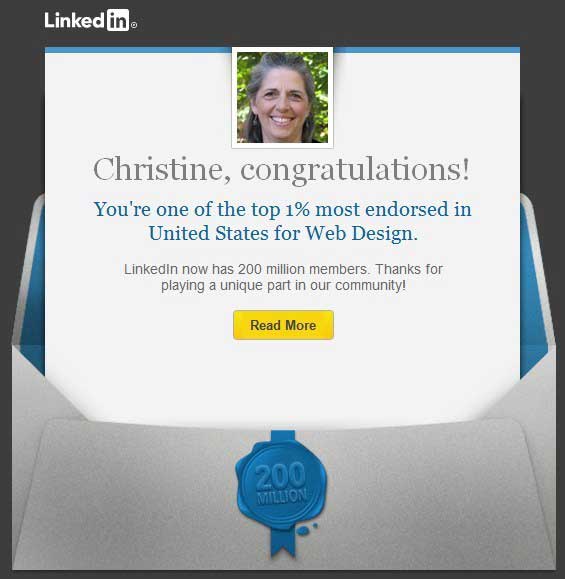Do you have a conscious, intentional procedure for making decisions? Or do you respond to issues as they get in your face?
How do you make decisions about the day-to-day issues that confront your business? How do you tackle large decisions that your company faces as part of the big picture?
Do you clearly identify your problems or challenges and then systematically proceed through a pre-determined process that leads you to the optimal solution?
Most of us haven’t “learned” a specific effective decision-making process. A common practice that I often see in companies, organizations and my individual coaching clients, is the use of what I call the “Yes/No Decision Process.”
This process may be born out of an identified need, but more often it is presented by an organizational insider or outsider who has a “great idea” for the organization or an individual. With the “Yes/No” decision model, an idea is presented, given consideration by one or more people, and then is either adopted or rejected. Make sense? It certainly sounds like a solid model that involves in-depth review of an idea before any decision is made.
You might make perfectly fine decisions using this procedure. But are you making your best decisions?
With the Yes/No Model you are following a dualistic paradigm where you are limited to two choices: saying yes to an idea or saying no to an idea. If you are an analytical thinker you might even tweak the original idea to improve it before you adopt it. Kudos to you for refining the idea to better solve your problem.
But let’s take a closer look at this process. One of the biggest downfalls is that you can easily be swayed if the idea is pitched by a passionate, articulate person who is invested in you adopting their idea. And indeed the idea may be a great one, but it’s easy to have a blind spot without a more comprehensive process. You might end up choosing a new health plan provider, a procedure, a job candidate, a marketing consultant, a change of direction for your business, etc….that is not your best choice. And unfortunately, you may never know it or may not find out till it’s too late to change course.
I have seen this happen time and time again. An idea is skillfully pitched by a charismatic “believer” who may be an associate, a stranger, a website or even yourself! What happens is that on the receiving end of the presentation, you get convinced of the merits and benefits of the idea. You will likely even weigh the pros and cons and therefore feel you’ve made a wise decision. You get excited about it. You buy in and become invested in adopting it.
There’s only one problem. We often get emotionally caught up in the romance of what the idea promises (just as we can in a new intimate relationship). This emotional attachment can cloud your vision. And, unless you fully revisit the original problem this idea proposes to solve and look through a wider lens, you will never know if you could have met the challenge more efficiently, effectively or at a lower cost for equivalent value.
In other words, if you did not consider a wider range of options, there was no True Choice.
My next post will explain the concept of True Choice in detail and describe the step-by-step process that assures it.
The next time you find yourself making a small or large decision, notice your process. What was your exact process? Was it a “Yes/No” decision, or did you step back and reflect?








